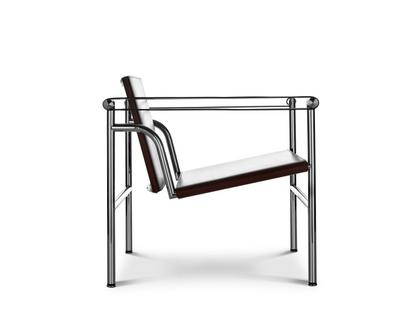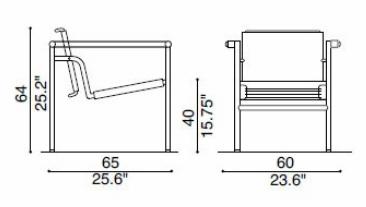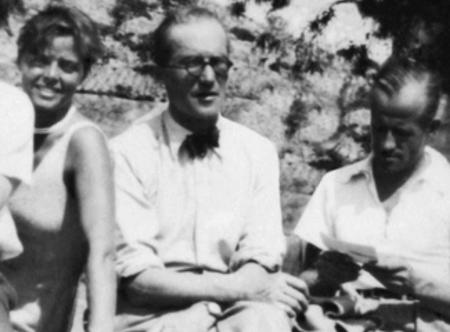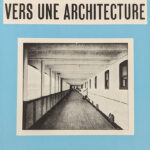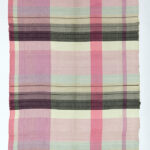5 New Architecture & Design Exhibitions for April 2025
...de "Vers une architecture: Reflections" at Pavillon Le Corbusier, Zürich, Switzerland In his 1923 book Vers une architecture Le Corbusier published seven essays that reflected his, and arguably Amédée Ozenfant's, positions on and to contemporary, and future, architecture, and the role and function of architecture and the architect... A book that played an important role in establishing Le Corbusier's reputation and which a century after its publication remains a key work in the canon of architectural theory...





















